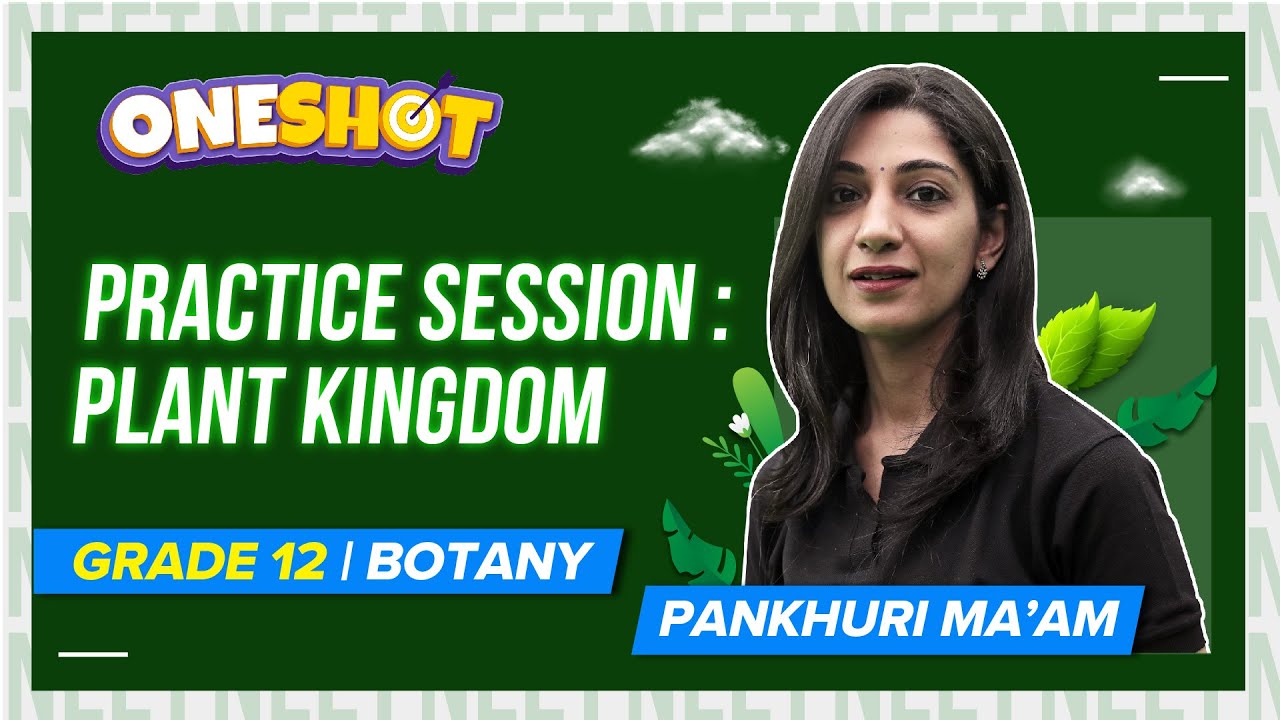Non vascular plants typically are small plants circumscribed in size as a result of poor transportation means of gases, water and other compounds. Vascular system is absent in non-vascular plants. A few algae, liverworts, hornworts and mosses are nonvascular plants. Reproduction in such plants is through spore production in contrast to seeds, as a result they do not bear wood, flowers or fruits.
Specialized tissues have been developed by several non-vascular plants to conduct water and other essential substances. The tissue lacks lignin, hence it is not a true vascular tissue. Also referred to as lower plants, non vascular plants are usually found inhabiting moist and damp areas, in water, bogs, swampy and shady regions, which lack specialized vascular tissues. Consequently, absence of xylem and phloem causes them to be primitive plants possessing primitive parts.
Structure of non vascular plants:
They are relatively simpler and shorter due to the absence of vascular tissues. Tissues found in the least specialised form of tissues, stems, leaves and true roots are all absent. True roots are substituted by rhizoids which are hair-like structures supporting the plant securely to the ground. Mineral and water absorption in the rhizoids takes place through osmosis and diffusion. With the absence of specialized tissue, true leaves are not seen, which could prevent excessive water lost in the transpiration.
The weak stem is composed of simple tissues which is not capable of holding the plants as seen in vascular plants. Here, the gametophyte generation is dominant with haploid gametophyte. The gametophytes give rise to sporophytes of the plants and depend on the gametophytes for minerals and water. Often, these plants serve as pioneer species which mostly do not require much water and nutrients to survive. They can thrive on barren lands.
These primitive plants first appear in the evolutionary process. It consists of two main groups of plants – bryophytes and algae.
Bryophytes – it is composed of plants such as liverworts and most mosses found in shady regions. They feed on decaying and dead plants. There are three main divisions –
- Liverworts (Marchantiophyta) – Typically, they are less than 4 inches in height, they are tiny non-vascular plants having lobed, ribbon or leaf-like photosynthetic tissues as opposed to leaves. Stems are absent and rhizoids are extremely fine. Often, they are found inhabiting in colonies which carpet the ground.
- Mosses (Bryophyta) – Found in dense clumps allowing them to retain moisture. They are larger, coarser non-vascular plants possessing multicellular rhizoids which are more like roots. Also, they have small photosynthetic structures resembling leaves surrounding a stem-like structure found at the centre.
- Hornworts (Anthocerotophyta) – similar to liverworts in size, hornworts are small non-vascular plants exhibiting fine and thin rhizoids lacking a stem. They have tiny, pointed and long horns emerging some inches over the gametophytes of the plant
Primary plants in all the bryophytes are the haploid gametophytes. They are the only diploid portion being associated with sporophytes. It consists of a sporangium and stalk. Such plants do not have a lignified tissue for conduction and cannot grow as tall as the vascular species.
Non-vascular Plants – Characteristics
Typically, the stature of these plants are short, lacking vascular tissues, true roots, leaves, seeds and flowers. Roots can here be compared to structures called rhizoids anchoring to the ground absorbing water and minerals. Moisture is favourable for their reproduction where the sperms produced by the male gametophytes swim through dew or rainwater and arrive at an egg produced by female gametophytes. Haploid spores are then produced as a result of the meiosis of diploid sporophyte generation. Dispersal of spores may also necessitate moisture.
Non-vascular plants – Examples
Moss – Ranging from being a foot tall to being microscopic, they are found mostly in all dark and swampy areas and other environments. They are found in forest floors and carpet woodlands. Close to 12,000 species of mosses are known globally colonizing habitat ranging from desert lands to cold arctic areas. Lack of vascular tissues hinders their growth (height wise), as a result transportation of mineral and water all the way to the top portion of the plant is not seen.
Liverworts – They grow in small, leaf-like structures and are primitive non-vascular plants. They are found inhabiting swampy, shady and damp areas closer to the ground. Typically they are found in the tropical areas despite being widely distributed. The gametophytic structure of this plant is the thallus which develops specialized structures to harbour the sporophytic phase.
This was a brief on non-vascular plants, its structure and characteristics along with examples. Explore more about NEET, at BYJU’S.
Read more:
Recommended Video:
Practice Session : Plant Kingdom Class 12 Botany One Shot | NEET 2022 Botany Exam Prep


Comments